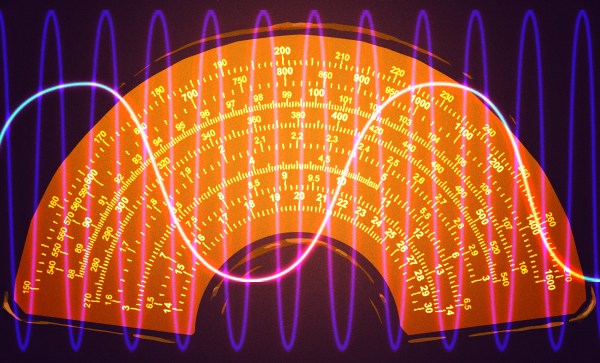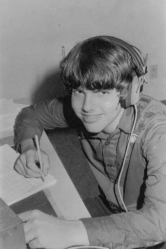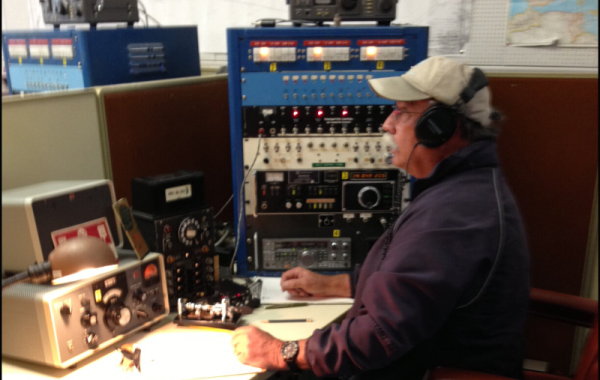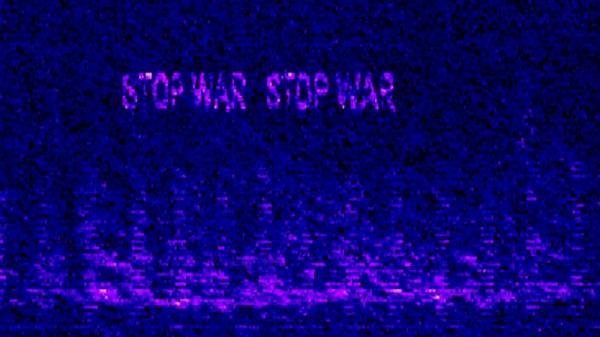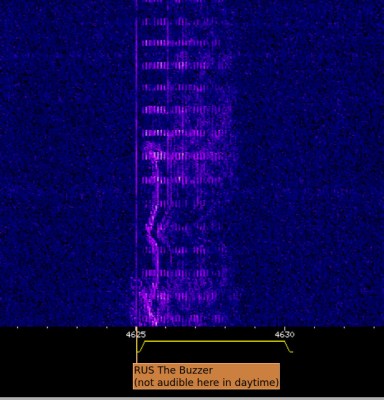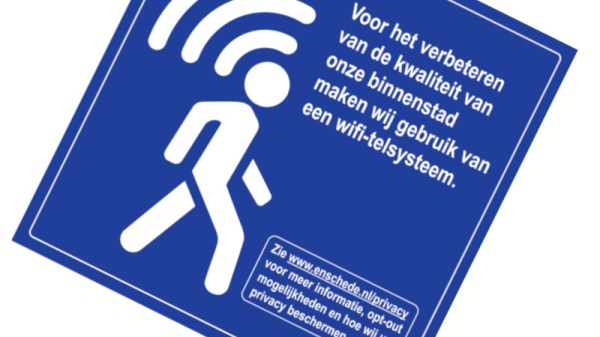Something that you generally don’t expect as a North-America-based enthusiast, is to listen in on Russian military communications during their war in Ukraine via WebSDR, or that these communications would be passing through US military satellites that are happy to just broadcast anything. Yet that’s the situation that the Saveitforparts YouTube channel recently described. As it turns out, there is a gaggle of UFOs up there, as the US DoD lovingly calls them.
Between 1979 and 1989 eight FLTSATCOM launches took place, with FLTSATCOM 7 and 8 still operating today. They were later joined by their successor UHF Follow-On (UFO) with 11 launches between 1993 and 2003. All of these operate in the UHF spectrum, with some UFO satellites also covering other bands. Their goal is to provide communication for the military’s forces, with these satellites for the most part acting as simple repeaters. Over time non-military parties learned to use these satellites too, even if it’s technically illegal in many jurisdictions.
As described in the video, if you listen in on WebSDR streams from Ukraine, you can not only find encrypted military comms, but also unencrypted Russian radio traffic. It seems that in lieu of being provided with proper (encrypted) radio systems, Russian forces are using these US military satellites for communication much like how US (and NATO) forces would have. This is reminiscent of how Russian troops were caught using Discord via Starlink for communication, before Russian command shutdown Discord.
Continue reading “The US Military’s Unsecured UFO Satellites And Their Use By Russia”


